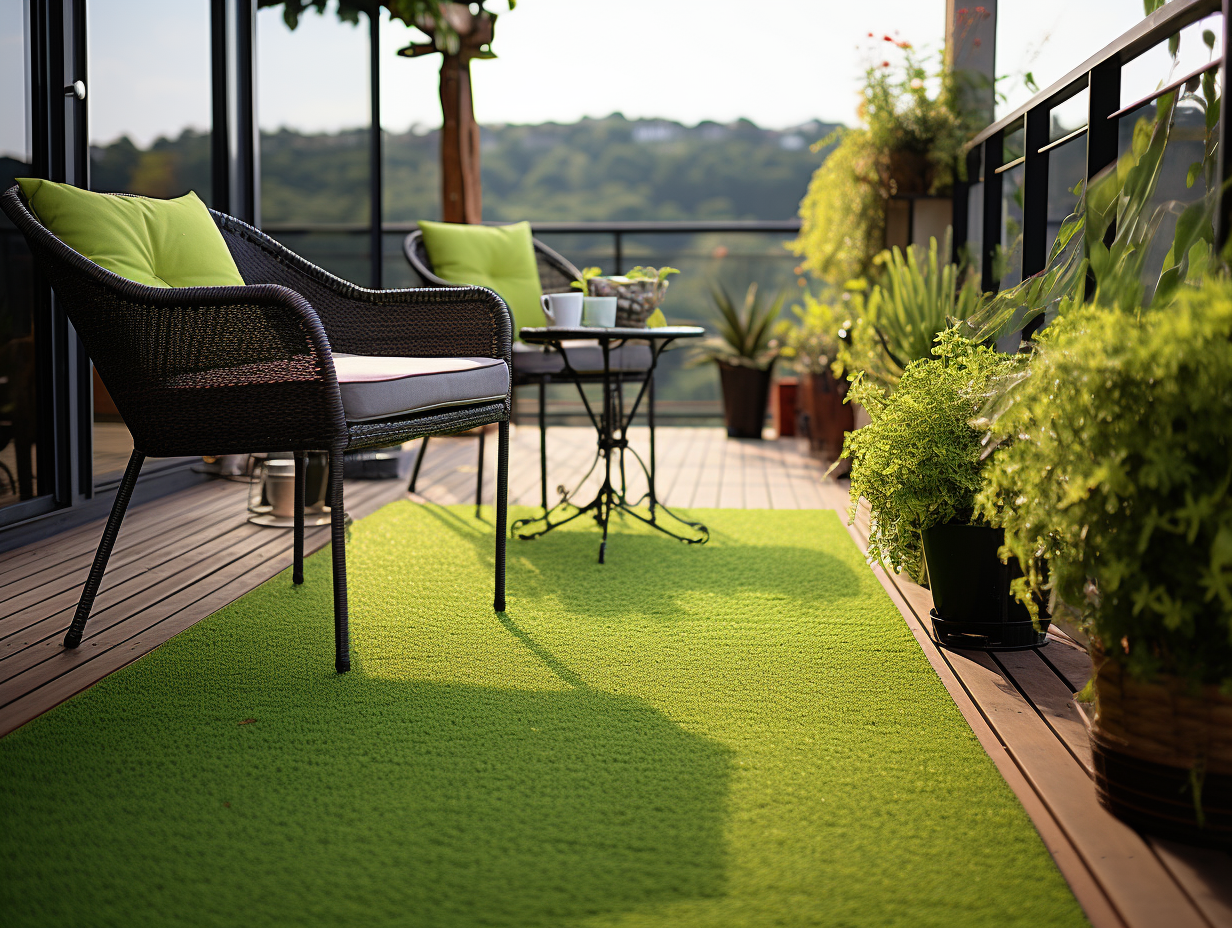Pickets are the vertical members of a fence. Rails (or stretchers) are horizontal members which run between posts. There are many different ways to calculate how much fencing material you will need, depending upon what style you choose for your project.
The “Picket Fence Calculator” gives you the total number of pickets and rails needed, as well as the amount of lumber required to build your fence or gate, which is determined by measuring pickets (vertical members), rails (horizontal members), and spacing between pickets/rails.
Free Picket Fence Calculator
What is a picket fence?
A tall slim wooden or metal pole topped with a flat finial, which may be square-edged, cylindrical, or octagonal. Picket fences are popular because they have a traditional look and also provide privacy from neighbors. They can be installed in straight lines, various curves, and even odd angles.
Read More: Fence Cost: With Calculator And Tips
Pickets come in two types: solid (with no gaps between the verticals) and open (with spaces between the verticals). The one you choose will depend on personal preference as well as practical considerations such as space available for installation, the type of material used to construct the fence, and the purpose of your fence.
Once you’ve chosen the picket type, you’ll need to decide how many pickets will be used in 1 linear meter (m) of fence. The number you settle on will depend on the fencing height (distance between the finished ground surface and top of your fence).
For example, if your fence is 1.8 m high, each 1-meter section would require 9 pickets installed at 100mm centres or 5 pickets installed at 200 mm centres. If your post spacing is 50mm wide (vertical members only), this means 3 x 11 = 33 posts would be required for every 10 square meters of fencing area.
If gateposts are needed they can extend 80 mm above the highest horizontal rails to help support the gate but don’t forget that this will reduce the picket spacing at ground level.
NOTE: Picket fences are normally constructed using treated pine, hardwood or metal posts, rails, and finials. Other options include using steel poles to construct the fence with aluminum pickets for a low-maintenance look or powder-coated aluminum for an ultra-modern finish.
Size of pickets
The number of pickets in 1 meter of fencing is measured by counting each vertical member between horizontal rails as 1 picket. For example, 100mm x 50 mm wood would mean 20 pickets per linear metre (2 x 10 = 20).
If you have very young children or pets that could be hurt on sharp edges around your decking area, consider the use of smooth-edged pickets.
Picket spacing widths
The most common picket fence widths are 100mm or 200mm, with the latter being more appropriate for picket fencing taller than 1.8m high. Smaller sizes are available but not so popular.
If your chosen size is wider than 100mm, standard pickets will have a gap between each one of 20mm or 30mm depending on the size chosen.
You can reduce this with special “diamond” shaped decoration which reduces the size of the gaps by about 25mm per meter (for example, if you install 5 pickets at 120 mm spacing instead of 10 spaced at 100 mm each, then there would be 70 total pickets over 5 meters). If using 120mm gaps, you may need to increase the height of your fence.
Don’t forget that if you install pickets at 120mm spacing it will mean 1.5 times as many posts and rails compared with 100mm spacing or twice as many compared with 200mm spacing.
Picket installation
When installing pickets, ensure the top is flat and straight so it can be nailed efficiently and avoid nails touching each other because they create a weak spot that could result in a split or breakage.
You can use criss-crossing instead of straight-line nailing to further minimize splitting but be aware that this method uses more nails and takes longer because all nails must go through 2 pieces of wood and potentially support poles too).
Once you have established the picket layout, use a spirit level to check each installed picket is vertical with your chosen face pointing toward the house.
If it’s not straight, push down either end until both ends are at the same height and then nail in place with finishing nails. Use a spacer or length of batten to ensure that there is exactly 40mm between the top of each rail and the bottom of the next one above it.
If using 60mm diameter wood posts for more than about 1m high fences, fix fence brackets approximately every metre along the upper rail line (on post centres 100-150mm greater than post spacing).

![What Gravel To Use For Patio Base [Best Options]](https://www.cleverpatio.com/wp-content/uploads/2021/11/What-Gravel-To-Use-For-Patio-Base-270x180.jpg)


Leave a Reply